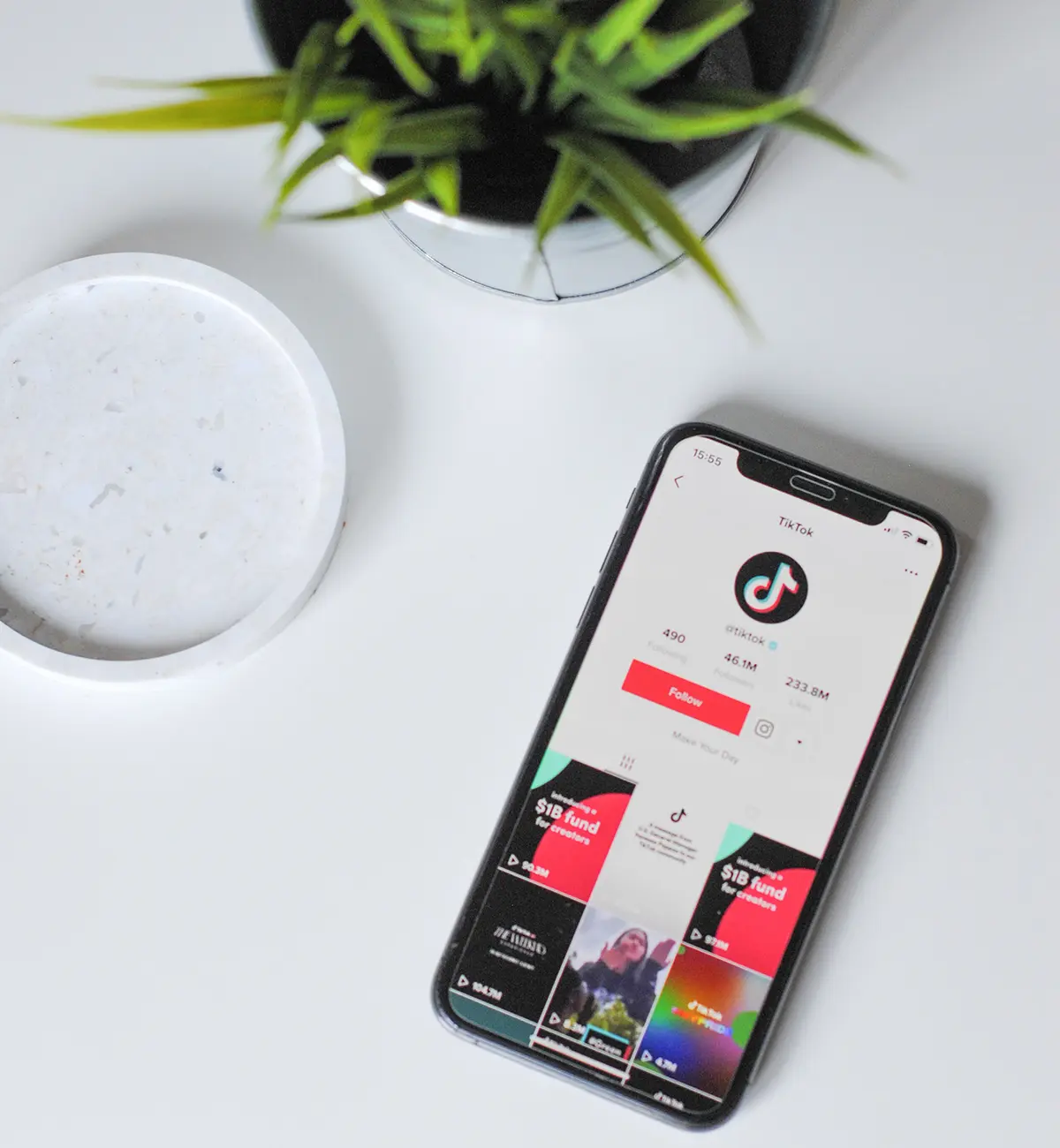How to manage social media content for small businesses

Effective Social Media Content Strategies For Small Businesses
In this new and fast-paced digital age, it’s not enough to simply sell a high-quality product or offer great services. If brands don’t have the platform and presence online, they’re likely to disappear amid the sea of competitors. These days, you’ll find that having a social media account is a bare minimum for new businesses to start promoting themselves nowadays. Fortunately, lots of social media platforms are available and easily accessible for small businesses to kickstart their social media strategy.
But if you think the fun ends there, think again. Knowing how to use social media for small business marketing effectively can make or break brands online. It may seem daunting at first, but luckily, we’re here to help. From simple social media tips to promote small businesses to the best social media management tools, this comprehensive guide can help any up-and-coming brands to beef up their digital presence.
Set SMART objectives for the small business’ social media strategy

Before anything else, one has to identify their goals for the campaign. Remember, always be SMART (specific, measurable, achievable, relevant, and timely) and realistic in your objectives. It could be something simple as doubling the number of followers from the last quarter, or a full-fledged campaign with multiple objectives. Whatever it may be, determining them early will inform the actions taken during the campaign.
Build a suitable brand identity and determine the social channels
The next step in the social media strategy is finding the brand’s voice. How do you want your business to come across? A more laid back and casual image when it comes to posting, or is a professional and formal tone more apt for your services? Whichever it will be, having this can serve as a guideline on how to write, construct, and come up with new posts.
Knowing the best social media platforms to use for marketing also helps craft a targeted approach when it comes to content. For example, if the brand is more of a B2B professional type, LinkedIn may be your best bet. If it’s a beauty brand appealing to the millennial to Gen Z market, they’ll find their audience looking for make-up inspo on TikTok and Instagram. You can even adjust your brand’s tone per platform (quick and witty content on Twitter, longer and informative posts on LinkedIn).

Engage the audience and build good rapport with them

Gone are the days of brands being this untouchable entity far from the customer’s reach. Now, there’s an expectation for new businesses to engage with their audience more on social media. In fact, a great customer experience on social media makes customers 71% more likely to support the brand, says SproutSocial. The audience also appreciates it if there is a human behind the brands, not some kind of digital bot. So definitely take the time to engage and build a good relationship with them.
One good way to use social media for new businesses is through community management. Hootsuite encourages brands to see it as extended customer service. By answering comments, responding to questions, and interacting with fans, the algorithm makes the brand more likely to appear to the right people. It also creates a good impression on the customers if you give them a great experience on social media, and they’re more inclined to come back.
Use the best social media management tools and social marketing platforms
Several platforms have popped up to make social media management a breeze – whether it’s through providing detailed analytics or making customer response more convenient. Here are some of the best social media management tools and marketing platforms brands can use, as listed by Forbes:
- Sprout Social – Provides a detailed overview of analytics in addition to an all-in-one dashboard that allows management of several social accounts in one.
- HootSuite – Forbes recommends this for social media strategies for small businesses. This platform boasts efficiency through a scheduling platform for several social media channels along with insights on the best times to post.
- Buffer – Good for social media management on a budget. Buffer has affordable plans that allow scheduling of posts on multiple social channels along with an easy-to-use dashboard.
Besides that, using these tools for social listening is a good way to gauge the audience, what’s trending with them, and how they’re talking about your brand. That way, you can adjust the content created based on that.
Be strategic on when and where you post your content
Now that we’ve mentioned the importance of social media analytics and insights, brands should learn how to use this for small business marketing. Schedule content to post on periods where the audience is most active for maximum engagement. If a trend goes viral and the brand can capitalise on it, make sure to strike while the iron is hot to avoid losing steam.
The platform is also important to consider. For starters, Twitter is typically for short-hand witty content, so it wouldn’t be ideal to post huge snippets of articles there. Always know your audience, where they are, when they’re online, and what they want to see.
Make sure your content is eye-catching and engaging
Whether it’s a static image, a GIF, or a long-form video, if the content isn’t eye-catching or engaging, then they’ve failed their purpose. Making visually stunning posts is important if brands want to capture and sustain the attention of the audience. Remember, the public is fickle and can easily lose interest, so make sure to capture them through great visuals before following through with the content.
Do an integrated approach with organic and paid media
With competition in social media fiercer than ever, unless the page is incredibly popular right off the bat, it will struggle to get some organic impressions. When this happens, investing in paid ads to get some paid impressions and reach can do wonders. These platforms are even capable of specific targeting so the ads are being shown to the right people.
Always review the small business social media strategy insights
Much like any campaign, a small business social media strategy involves a lot of trial and error. Some posts and ads work, while some don’t. The important thing is to review the insights for these and optimize the campaign accordingly. Look at the figures to see what went right and what could be improved. From there, adjust the campaign and try new ideas to see better results.
Get an agency to handle the small business social media strategy
Even with all of these social media tips at hand, learning how to use social media for small business marketing still takes time. If you’re too busy to do that on top of actually running the business, partnering with a digital marketing agency would save the time and effort to learn all these in one go. A team of experts will handle everything, from ad creation, management through to lead generation and conversion.
Want to improve your business through social media? Contact us at No Standing and launch successful social media strategies for your small business!







